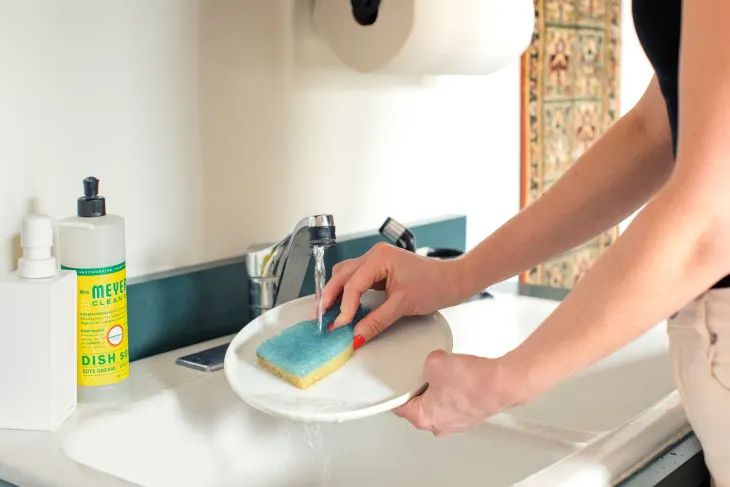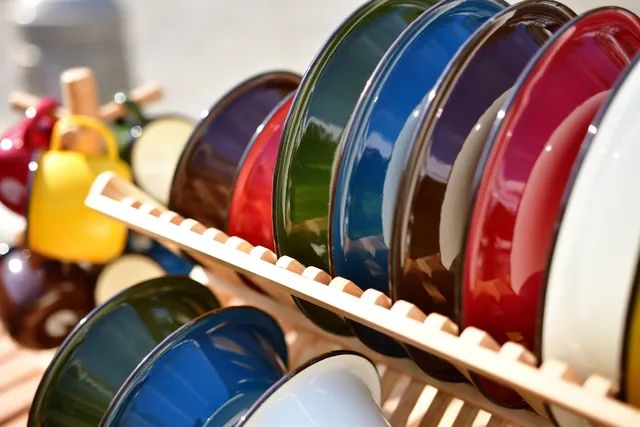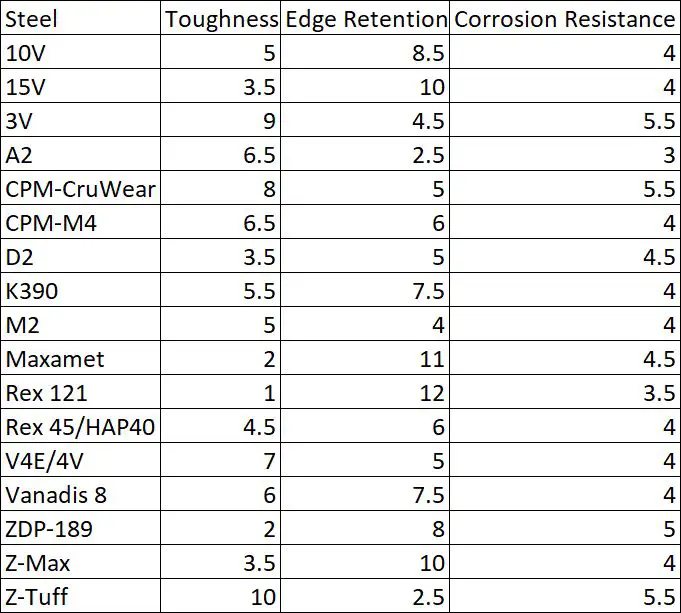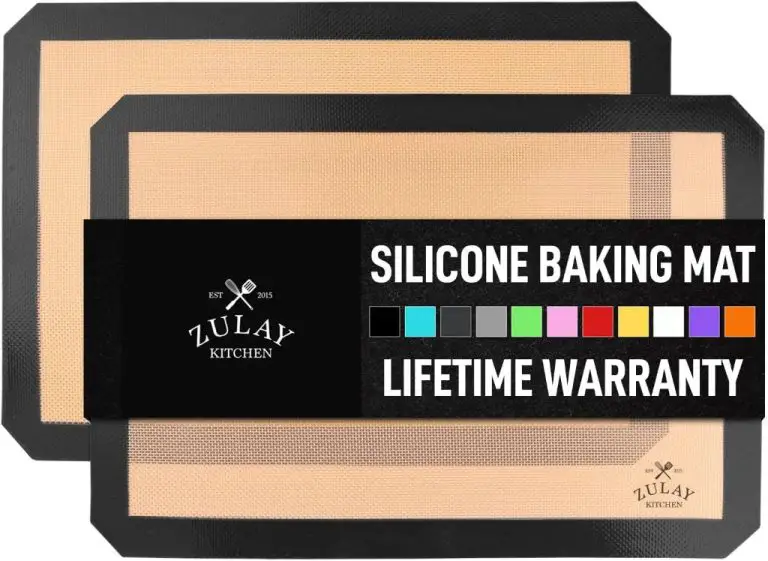What Is The Angle Of An Octagon Shelf?
What is an Octagon Shelf?
An octagon shelf is a shelf with eight equal sides and eight equal angles. Octagon shelves have a unique shape that provides more surface area than a traditional rectangular shelf, allowing users to display more items. The eight-sided polygon shape gives octagon shelves a distinctive look that stands out compared to common square or rectangle shelves.
Octagon shelves come in a variety of sizes but are commonly 12-18 inches in diameter. They can be mounted to the wall or displayed on a stand. The shelves are made from various materials like wood, metal, glass, acrylic, and more. The edges may be straight or rounded depending on design.
The eight equal angles of the octagon shelf add symmetry and visual interest. The shape lends itself well to displaying collections, plants, photos, and other decorative items. The extra surface area provided by the eight sides increases storage and display capacity compared to conventional shelves.
In summary, an octagon shelf is a decorative, eight-sided storage solution that provides more space than a typical square or rectangular shelf. The unique geometry and angled edges create an eye-catching display feature in any room.
Octagon Geometry
An octagon is defined as a polygon with eight straight sides (University of Wisconsin, 2015). The word octagon comes from the Greek prefix octa-, meaning “eight”, combined with the suffix gon, meaning “side” (Britannica). As the name implies, an octagon has eight sides and eight interior angles. Shapes with this number of sides and angles are categorized as octagons.
A regular octagon, like the one below, has all sides of equal length and all interior angles equal. The measure of each interior angle in a regular octagon is 135 degrees (Math is Fun, 2020). Because a regular octagon has eight equal angles that sum to 1080 degrees, if you divide 1080 by 8, you get 135 degrees per angle. Though regular octagons have congruent angles and sides, irregular octagons can have unequal side lengths and angles. Both regular and irregular octagons are classified as octagons because they have eight straight sides.
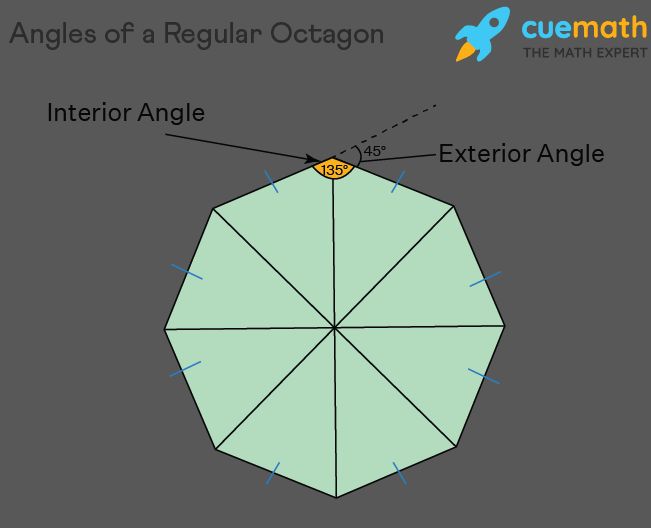
In summary, the key characteristics that define an octagon are its eight straight sides and eight interior angles (Foster, 2022). The angles may be congruent like in a regular octagon or different like in an irregular one, but in either case, an octagon always has eight angles and sides.
Measuring the Octagon Shelf Angle
The angle between two adjacent sides of a regular octagon is 135°. This is because a regular octagon has 8 equal sides and angles. To find the angle, we can use the formula:
(n – 2) x 180° / n
Where n is the number of sides. For an octagon:
n = 8 sides
Plugging this into the formula:
(8 – 2) x 180° / 8 = 6 x 180° / 8 = 1080° / 8 = 135°
So the angle between any two adjacent sides of a regular octagon is always 135°.
This is because the total of all the interior angles in an octagon is 1080° (as explained here: https://byjus.com/question-answer/find-the-sum-of-the-interior-angles-of-an-octagon-180deg-900deg-1080deg-540deg/). Since an octagon has 8 angles, 1080° / 8 = 135° per angle.
Knowing this standard angle measurement is useful when designing, building or decorating with octagon-shaped shelves.
Standard Octagon Shelf Angles
Octagon shelves are typically cut with the following standard angles:
- 135° angles – This is the most common angle used for octagon shelves. Each side is cut at 135° to form the 8-sided shape.
- 150° angles – Some octagon shelves use these wider 150° angles. This creates a more open shape with flatter sides.
- 120° angles – A more closed 120° angle can also be used, forming a narrower octagon shape.
- 90° angles – Cutting each side at 90° forms a traditional square shelf. Octagons use more angled cuts.
The angles for each side piece need to add up to 1080° total for a complete octagon. With 8 equal sides, 135° angles perfectly meet this criteria (8 x 135 = 1080). The 150° and 120° angles work as well but form slightly different shaped octagons.Consulting an octagon shelf guide can help calculate the proper angles.
Why Use an Octagon?
Octagon shelves offer several benefits that make them a unique and appealing choice for home decor and storage. The eight-sided geometric shape allows for more efficient use of space compared to a traditional rectangular shelf Discover the Timeless Artistry of Hexagon Shelves in Your …. The angled edges and sides create a visual flair that stands out. Octagon shelves can be neatly fit together to create interesting patterns and designs on the wall.
The main advantage of the octagon shape is the increased storage capacity. With eight walls instead of four, there is more surface area for displaying decor items and storing books or other items Advantages/disadvantages to an octogonal-shaped shop? – Garage Journal Board. The angles allow items to be stacked and arranged more efficiently. More items can be neatly displayed within the same wall footprint compared to square shelves.
Octagon shelves create visual interest and bring geometric flair to any space. Their unique shape allows for creative storage solutions and innovative decor displays. The octagon form factors maximize storage capacity while adding design aesthetic. These innovative shelves are an excellent choice for making the most of wall space while elevating your room’s style.
Octagon Shelf Uses
Octagon shelves are a popular decorative choice and can be used in many areas of the home. Some common places octagon shelves are used include:
- Living rooms – Octagon shelves look great mounted on living room walls. They provide a unique way to display decor, books, plants, and other items. The octagon shape stands out and adds visual interest.
- Kitchens – Small octagon shelves can be utilized in kitchens to hold cookbooks, spices, pots, and utensils. Larger octagon shelves work well for displaying pretty dishware.
- Bathrooms – The octagon’s clean lines suit bathrooms nicely. Octagon shelves provide storage and display space above sinks or toilets.
- Bedrooms – Use octagon shelves in bedrooms to hold books, framed photos, and knickknacks. Or stack them to create unique bedside tables.
- Entryways – Mount an octagon shelf near the front door to hold keys, mail, and other items.
- Offices – Octagon shelves bring stylish storage to home offices. They can hold books, office supplies, and decor.
The eight-sided octagon shape allows for versatile shelf orientation and visual appeal. Octagon shelves are at home in many rooms due to their clean-lined, geometric look. They provide decorative function for organization and display.
Octagon Shelf Materials
Octagon shelves can be constructed from a variety of materials depending on the look and function desired. Some popular materials choices include:
- Wood – Wood is a classic material for shelves and octagon shelves are no exception. Hardwoods like oak or maple are attractive and durable. Softwoods like pine are more affordable but may be prone to dents and scratches over time. (Source: https://www.pneumaticaddict.com/2017/12/octagon-shelf.html)
- Metal – Metals like steel, aluminum, and wrought iron can create an industrial vibe. Metal shelves are strong, sturdy, and low maintenance. The metal can be left unfinished, painted, or given other finishes. (Source: https://www.pneumaticaddict.com/2017/12/octagon-shelf.html)
- Glass – Glass octagon shelves have a light, airy aesthetic. Tempered glass is best to ensure sturdiness and safety. Frosted or colored glass can add visual interest. (Source: https://www.pneumaticaddict.com/2017/12/octagon-shelf.html)
The shelf material impacts factors like weight capacity, durability, maintenance needs, and overall look. Consider where and how the octagon shelf will be used when selecting materials. A decorative curio shelf may lean toward glass while a workshop utility shelf would favor wood or metal.
Building an Octagon Shelf
Constructing an octagon shelf requires some basic carpentry skills and tools, but can be a straightforward DIY project with the right planning and preparation. The key steps involved in building an octagon shelf include:
1. Cutting the octagon shelf pieces – Using a miter saw, cut your shelf boards to the desired length. Mark and cut the ends at 22.5 degree angles so they fit together in an octagonal shape. Allow extra length for overhang.1
2. Assembling the octagon frame – Apply wood glue to the angled ends and clamp the octagon frame together, checking for square. Allow the glue to dry fully before unclamping.
3. Adding support pieces – Cut support pieces that connect the parallel sides of the octagon frame. These help strengthen the shelf. Attach with wood screws and glue.
4. Creating the shelf surface – Cut a square piece of plywood or MDF to the inner dimensions of the octagon frame. Attach securely using wood glue and finish nails.
5. Finishing the shelf – Sand the entire piece smooth, apply wood filler as needed. Finish with primer, paint or wood stain for desired look.
6. Installing the shelf – Determine mounting method (freestanding, wall-mounted etc) and install hardware accordingly. Check for level and secure to surface.
With proper planning and tools, DIYers can build unique octagon shelves to display decor or organize spaces.
Decorating with Octagon Shelves
Octagon shelves add unique geometric flair to any space. Here are some tips for styling and decorating with these eye-catching shelves:
Display a collection – The eight sides of an octagon shelf are perfect for showing off a curated collection of decorative objects. Stagger items like vases, candles, framed photos, or figurines around the shelf.[1]
Alternate heights – Creating visual interest by placing tall and short items next to each other around the shelf. A tall plant next to short stack of books, for example.[2]
Play with color – Choose one dominant color to coordinate your objects. Or create a rainbow effect by placing different colored items around the shelf. Monochromatic, contrasting, or complementary colors can all look striking.[1]
Incorporate greenery – Houseplants, succulents, or floral arrangements make an octagon shelf feel fresh and lively. Let vines or fronds trail over the edges for a casual look.[2]
Highlight with lighting – Install sconces or directional lighting above or near the shelf. Illumination casts intriguing shadows on the angular facades and makes decor pop.
Layer textures – Include objects with diverse textures like wood, metal, ceramic, glass, and fabric. The interplay of sleek and fluffy surfaces adds visual depth.
Consider wall decor – Mount artwork, macrame, or architectural details on the wall above an octagon shelf to tie the whole display together.
Octagon shelves make a stylish foundation for showcasing any aesthetic. Follow these tips for creating an eye-catching decorative display.
[1] https://www.pinterest.com/jonamato/octagon-decor/
[2] https://www.pinterest.com/chicksoffice/hexagon-shelves/
Summary & Conclusion
In summary, an octagon shelf is an eight-sided shelf with equal angles typically ranging between 22.5 and 45 degrees. The angle depends on the size and design of the shelf. The main benefits of an octagon shelf are the unique geometric shape that can accent a room’s decor, and the ability to fit well in corners or spaces with angled walls.
The key characteristics of an octagon shelf are:
- Eight equal straight sides
- Interior angles totaling 1080 degrees
- Standard angles between 22.5 and 45 degrees
- Can be made from various materials like wood, metal, or glass
- Sturdy and stable when properly installed
- Eye-catching geometric shape
Octagon shelves provide stylish storage and display options for homes and businesses. With some basic math and carpentry skills, octagon shelves can be custom built. Or prefabricated shelves are available offering versatility in size and design.
In conclusion, the eight equal angles are what define the octagon shape and create the aesthetic appeal of octagon shelves.



